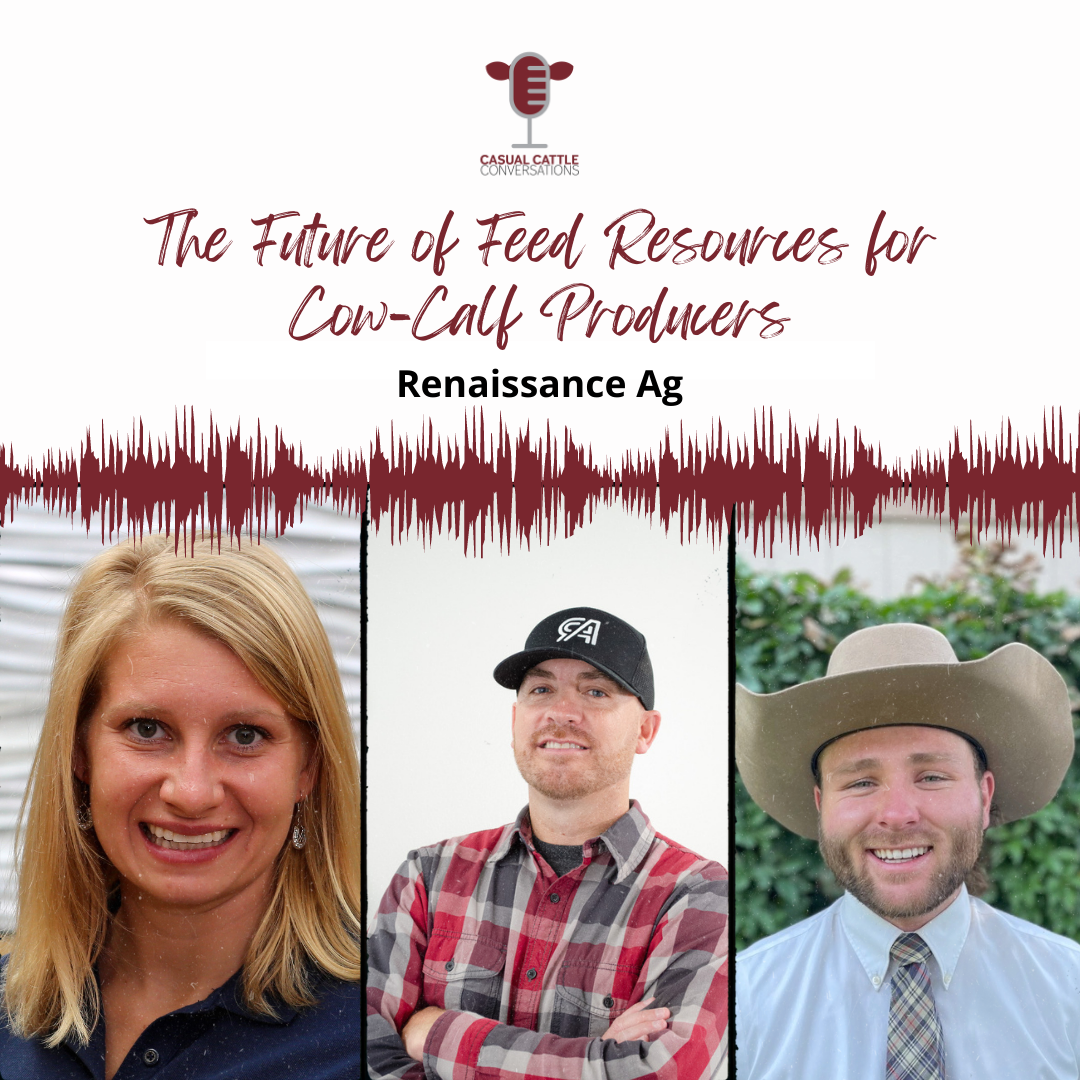The Future of Feed Resources for Cow-Calf Producers

Question of the Week: What limiting beliefs are holding you back?
Have you ever been told to get out of your own way? I am incredibly guilty of doing this and it happens to all of us. Getting in my own way often starts by telling myself limiting beliefs that impact my actions and decisions. Here are a few examples of limiting beliefs:
“I am too old to add this technology to our operation.”
“I am too young to serve in this leadership role.”
“I am not experienced enough to try this new method.”
“Well this will never work because it is so different.”
These are just 3 of what could be hundreds of examples of limiting beliefs. So, how do you overcome them to get out of your own way? Here’s what I do…
1. Write out the limiting belief.
2. Cross it out and write the truth beside it.
3. List 3 action steps to take to overcome the limiting belief with action. The first step is something I can do immediately.
My hope for you is that you try this technique yourself to improve yourself and your ranch.
The Future of Feed Resources for Cow-Calf Producers
Imagine a world where you could be certain that you always could produce enough feed no matter what the weather does each year. How much weight would be taken off your shoulders? How would that change your view on feeding cattle during the winter or droughts? The team at Renaissance Ag joins the show to discuss how the PastureBox system is revolutionizing how cow-calf producers provide feed for their herds and manage feed costs through the dry years. Brady Blackett, Kara Thornton and Zachary Crump joined me for a podcast interview to discuss a research project focused on the effects of feeding barley fodder to cow-calf pairs as well as where they see PastureBox systems fitting into the future of the beef industry.
Managing Feed Costs
The number one input cost for most cattle operations is feed and with the droughts the United States has been experiencing the past several years, this is a topic on everyone’s mind. When it comes to managing feed costs, many producers turn to alternative feedstuffs or improved genetics. In many cases, cattle producers reduce their herd numbers during dry years as well. Cattle producers depend largely on weather conditions to provide feed to their livestock. However, this may not be the case in the future with the PastureBox system rising in popularity.
What is a PastureBox?
A PastureBox is a controlled environment that allows barley to sprout within 6 days by using a fully automated system. The nutritional value of this barley fodder falls somewhere between forage and grain as it contains the qualities of being both a forage and a grain. It is higher in protein, energy and digestibility making it a valuable feed source for cow-calf producers. Barley fodder is primarily fed by mixing it in a totally mixed ration. However, it has also been fed by rolling out round bales and then laying the fodder biscuits on top of the hay.
The Research Behind Feeding Barley Fodder
Utah State University conducted a study on 20 cow-calf pairs to measure performance with and without barley fodder in the diet. Half the pairs received a diet of poor-quality alfalfa. The other half of the pairs received half poor-quality alfalfa and half barley fodder. The research study was unique because it was conducted on an as-fed basis. This study lasted 90 days and the team collected weights, body condition scores, milk samples and rumen fluid to evaluate if growth and animal health varied between the two groups of pairs. The results showed that statistically there was no difference in performance. The next step of the process is to test the economic portion of the study and look deeper into if the average daily gain of the calves will be higher. Dr. Thornton is excited for the economic portion of this research because in the first trial, the test group that received barley fodder was getting 60% less dry matter in their diet but still performing at the same level as the other group. This was one of three studies that will be conducted about the effects of feeding barley fodder to beef cattle. Blackett recognizes that there is a lot of research left to be done but is excited to see where it goes and how this will impact cow-calf producers.
A Peek into the Future
While Renaissance Ag is only a 2-year-old company, its future is looking bright. Feeding barley fodder and the PastureBox systems that are in use are both going over well with beef producers. The team is excited to continue helping beef producers by changing the way they source feed and manage their cattle through periods of drought.








